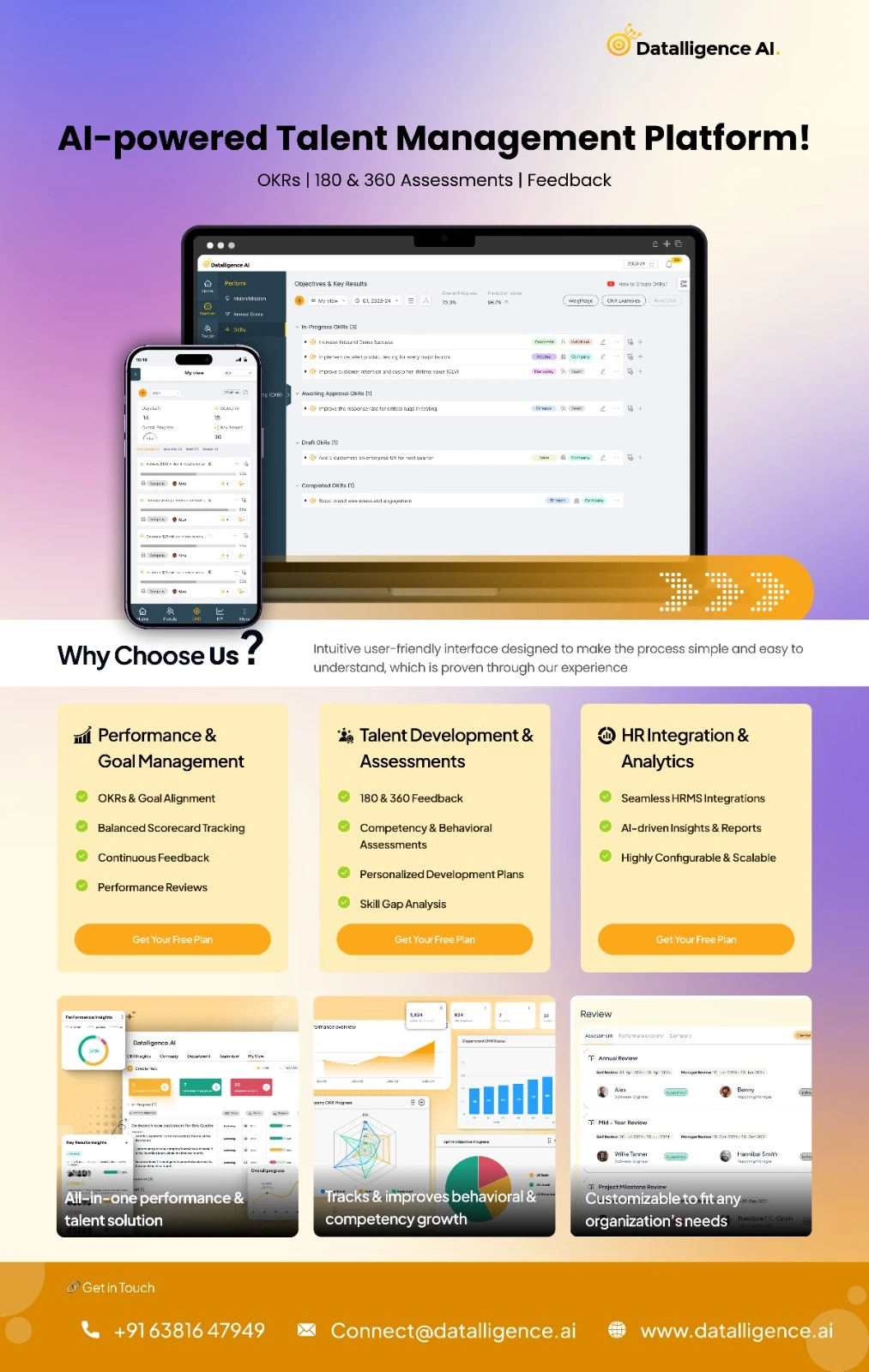Goal Setting with OKRs: Understanding OKR Alignment for Maximum Impact
OKRs have become an essential tool for businesses of all sizes, helping teams stay focused, aligned, and results-driven. However, when setting OKRs, two of the most common questions that arise are: “How do I work with an OKR that was set by my leadership team?” and “How do I effectively hand off OKRs to my team?”
To ensure seamless execution and drive meaningful results, it is crucial to establish a clear alignment strategy. Goal setting with OKRs is not just about defining ambitious objectives but also ensuring that every level of the organization understands how their efforts contribute to overarching business goals.
In this blog, we will explore four key types of OKR alignment that organizations can leverage to enhance clarity, improve collaboration, and achieve their desired outcomes. By mastering these alignment strategies, businesses can create a more cohesive and high-performing work environment.
Table of Contents
Goal setting with OKRs
OKR (Objectives and Key Results) alignment refers to the process of aligning the objectives and goals of different departments, teams, or individuals within an organization, so they work together towards a common purpose. This involves setting specific, measurable, and achievable objectives, and tracking progress toward those objectives using key results. OKR alignment aims to increase an organization’s focus, transparency, and accountability.
Curious about how to implement OKRs in your organization, Read more in our step by step guide on implementing OKRs in your company
Different types Goal setting with OKRs to Align teams
Top-Down Alignment
Top-down alignment is when the organization’s high-level goals are cascaded down to the different departments and teams within the company. The objectives set at the top level are aligned with the company’s vision and mission and are then translated into specific goals for each team. This type of alignment helps to ensure that everyone in the organization is working towards the same objective and that the company’s goals are being met. This approach helps to ensure that all efforts are aligned and that resources are allocated in a way that supports the organization’s overall objectives.

From the above example, we can see that MiltonVP of marketing has created an objective and has created Key results for those objectives. Now Adam assigns his key result to Sandy as an objective and Sandy has to figure out the Key Results in a discussion with Milton and other stakeholders. This is top to bottom alignment where objectives set at the top level are aligned with the other departments.
Bottom-Up Alignment
In contrast to Top-Down Alignment, Bottom-up alignment is when teams and individuals are empowered to set their own goals and objectives, which are then aligned with the organization’s high-level goals. This type of alignment helps to ensure that everyone feels a sense of ownership and accountability for their own goals and that they are motivated to achieve them. Bottom-up alignment can be a powerful tool for driving engagement, motivation, and innovation by giving teams and employees a sense of ownership and purpose. It can also provide a better understanding of how different parts of the organization are working towards the same goal, which can help to foster collaboration and teamwork.

From the above picture, we can understand that Jesse the Director of SEO has aligned himself with Milton Key’s result making that key result his objective. This connection is established after a prior discussion between Milton and Jesse.
Horizontal Alignment
Horizontal alignment is when different teams and departments within an organization align their goals with each other. This type of alignment helps to ensure that different teams are working together and that there is no duplication of effort. It also helps to create a sense of collaboration and teamwork within the organization.
Cross-Functional Alignment
Cross-functional alignment is when different departments and teams align their goals with other departments and teams that are not directly related to their work. This type of alignment helps to create a sense of collaboration and teamwork across different departments and teams and ensures that everyone is working towards the same objective.
What are the best practices for maintaining alignment with OKRs
Involve all stakeholders
Ensure that everyone in the organization is aware of the company’s OKRs and how they fit into the bigger picture. This includes employees, managers, and executives.
Set clear and specific goals
The objectives should be clear, specific, and aligned with the company’s overall strategy. The key results should be measurable and provide a clear understanding of what success looks like.
Regular check-ins and updates
Hold regular check-ins to review progress and adjust goals as needed. This helps ensure that everyone is on track and that the company’s OKRs are still relevant and aligned with its strategy.
Communicate and celebrate progress
Share progress updates and celebrate wins, as this helps keep everyone motivated and focused on the company’s objectives.
Encourage feedback
Encourage open communication and seek feedback from all stakeholders on improving the OKRs.
Integrate OKRs into performance management
Incorporate OKRs into performance management processes and reward systems to drive alignment and accountability.
Ensure cross-functional alignment
Ensure that OKRs are aligned across departments and teams to avoid conflicting priorities and ensure that everyone is working towards the same goals.
Conclusion
In conclusion, OKR alignment is a crucial component of a successful OKR program. Different organizations may choose to align their OKRs using a top-down, bottom-up, horizontal, or cross-functional approach, depending on their goals and objectives. Regardless of the approach taken, it is important to ensure that all OKRs are aligned and that everyone is working towards the same goals. Talk to our coaches and experts and gain more insights.











